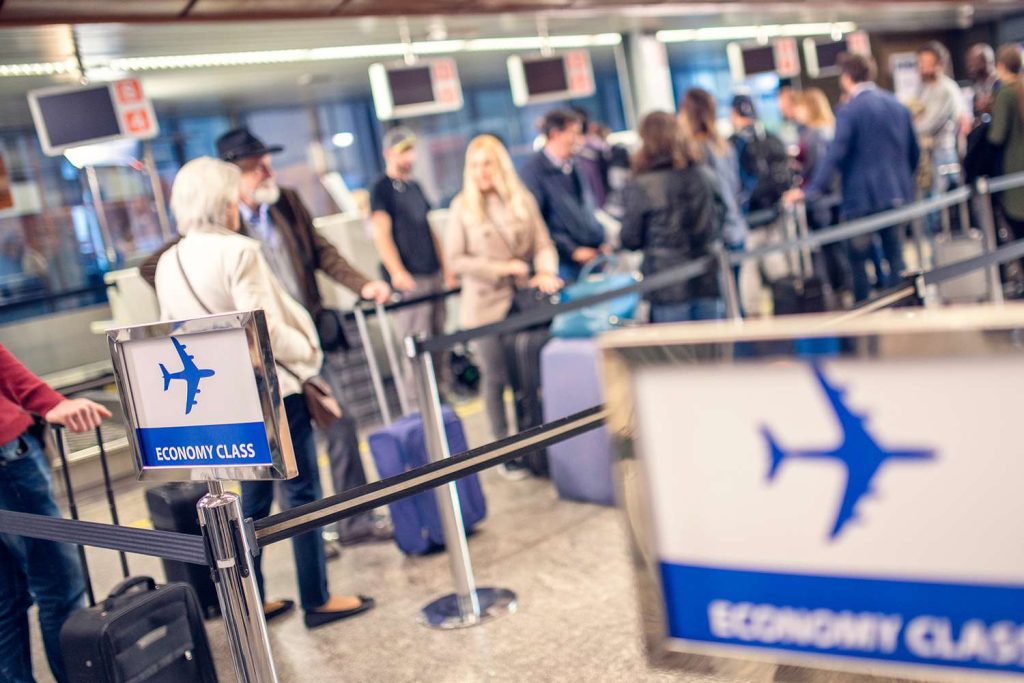As a firearm instructor, I constantly get questions about traveling with guns, especially from students who are getting their concealed carry permit so they can legally carry in other states. It’s not illegal to fly commercial with your firearm. You just have to know how to do it. There are very specific procedures you have to follow to be safe and legal. Following TSA guidelines is crucial to ensuring a smooth and lawful experience when traveling with a firearm. So, let’s walk through the TSA guidelines for traveling with a gun, covering everything from packing your firearm to navigating airport security.
Understanding TSA Guidelines
Before you even begin packing, it’s essential to understand the TSA guidelines regarding firearms. The TSA allows firearms to be transported in checked baggage, not carry-on bags. This rule applies to all firearms, including handguns, rifles, shotguns, and even starter pistols. Additionally, the firearm must be unloaded and stored in a locked, hard-sided container.
Packing Your Firearm
When packing your firearm for travel, follow these steps to ensure compliance with TSA regulations:
- Unload Your Firearm: Ensure your firearm is completely unloaded before packing. Remove any ammunition from the firearm and store it separately.
- Choose a Suitable Container: Use a hard-sided container specifically designed for firearms. This container should be lockable and secure, providing adequate protection for your firearm during transit. A soft-sided case does not meet TSA requirements. The case must be hard-sided.
- Secure Your Firearm: Place your unloaded firearm inside the hard-sided container and secure it with a sturdy lock. Only you, as the passenger, should have the key or combination to the lock.
- Pack Ammunition Correctly: If you are also transporting ammunition, pack it in a separate container from your firearm. Use a sturdy, lockable container designed for ammunition storage. The ammunition container can be in the same suitcase as the gun, but the gun and ammunition cannot be in the same container inside the suitcase.
Completing the Declaration Process
After declaring your firearm, you’ll need to complete the necessary paperwork and follow specific procedures:
- Declare Your Firearm: When checking in at the airport, inform the airline representative that you have an unloaded firearm to declare. They will provide you with the necessary forms and instructions. When speaking with the agent, use the term “firearm” instead of “gun” so nobody gets spooked by the sound of that word.
- Fill Out the Firearm Declaration Form: Airlines require passengers traveling with firearms to fill out a firearm declaration form. Provide accurate information about your firearm, including make, model, and serial number.
- Follow Airline Guidelines: Different airlines may have specific requirements or additional procedures for transporting firearms. Familiarize yourself with your airline’s policies and comply accordingly.
Navigating Airport Security
When going through airport security with a firearm, follow these steps to streamline the process:
- Arrive Early: Plan to arrive at the airport well before your flight to allow ample time for the firearm declaration process and security screening.
- Inform Security Officers: When you reach the security checkpoint, inform the TSA officer that you have a firearm to declare. They will guide you through the process and may ask to inspect your firearm container.
- Cooperate Fully: Follow all instructions from TSA officers and cooperate fully during the screening process. Keep your firearm container unlocked and accessible for inspection if required.
- Respect TSA Procedures: Understand that TSA officers are trained to handle firearms and ensure security. Cooperate respectfully and follow all TSA procedures without resistance.
Additional Tips for Traveling with a Firearm
Here are some additional tips to enhance your experience when traveling with a firearm:
- Verify TSA Guidelines: Double-check the TSA guidelines and ensure that your firearm and ammunition are packed according to their regulations. Failure to comply can result in delays or confiscation.
- Research State Laws: If traveling to a different state or country, familiarize yourself with their firearms laws and regulations. Some locations may have stricter rules or requirements for firearm transportation.
- Stay Informed: Keep up-to-date with TSA guidelines and any changes or updates that may affect firearm transportation. Check the TSA website or contact them directly for the latest information.
- Practice Firearm Safety: Always prioritize firearm safety during travel and everyday use. Ensure that your firearm is securely stored and inaccessible to unauthorized individuals.
Warning About New York and New Jersey
A big word of caution when traveling to the Northeast: Avoid New York and New Jersey if at all possible. If you land in either of those states and do not have a proper firearms permit from either of them, you will likely lose your gun temporarily, even if you are legally allowed to own it somewhere else and you have followed all TSA procedures. Why? The port authorities in both NY and NJ x-ray all checked luggage flying into the state, even if you are on a layover and heading back out on a connecting flight.
For example, suppose you are flying to Maine, a state that typically welcomes out-of-state guns, but your flight gets diverted to JFK due to weather, or you are connecting through LaGuardia. In that case, your gun will likely be confiscated from your checked bag so the authorities can “investigate” whether your gun has ever been used in a crime in New York. Like it or not, they can get away with this because it’s not a permanent confiscation. They aren’t taking your gun forever, just until they are done with their “investigation.” How long will they keep your gun? That’s up to them. But assume you won’t be taking it with you to Maine.
Parting Shot
Traveling with a firearm requires careful preparation, adherence to TSA guidelines, and a thorough understanding of firearm safety. As a firearm instructor, I emphasize the importance of following these guidelines to ensure a safe and lawful travel experience. By correctly packing your firearm, completing the declaration process, navigating airport security with respect, and staying informed, you can travel confidently while complying with TSA regulations. Safe travels!
ABOUT THE AUTHOR:
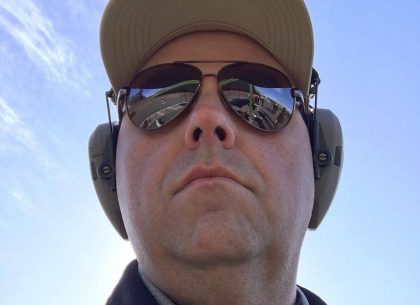
David Workman is an avid gun guy and a contributing writer to several major gun publications. As an NRA-certified instructor, David trains new shooters on basic handgun skills and CCW requirements and is a strong advocate for training as much as possible. “Real-life shootouts don’t happen at a box range.”
![]() You may also enjoy these popular articles:
You may also enjoy these popular articles:
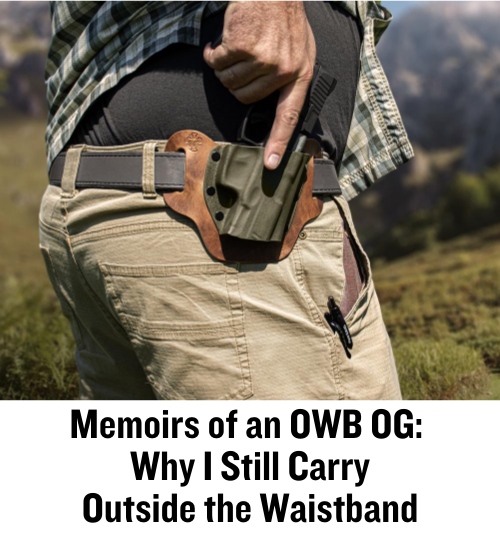
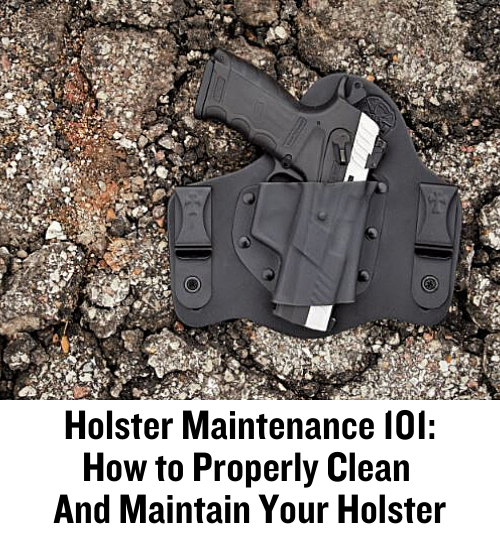
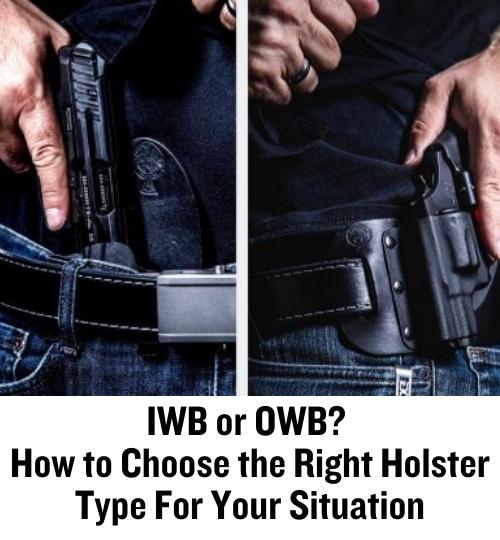
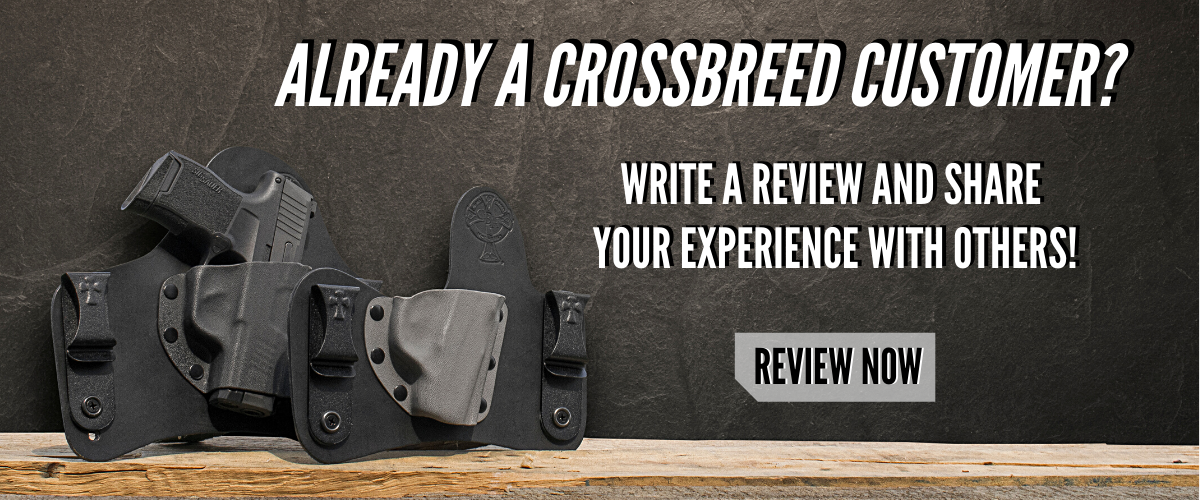
©MTC Holsters, LLC and CrossBreed Holsters Blog, 2024.
Unauthorized use and/or duplication of this material without express and written permission from this site’s author and/or owner is strictly prohibited. Excerpts and links may be used, provided that full and clear credit is given to David Workman and the CrossBreed Blog with appropriate and specific direction to the original content.

